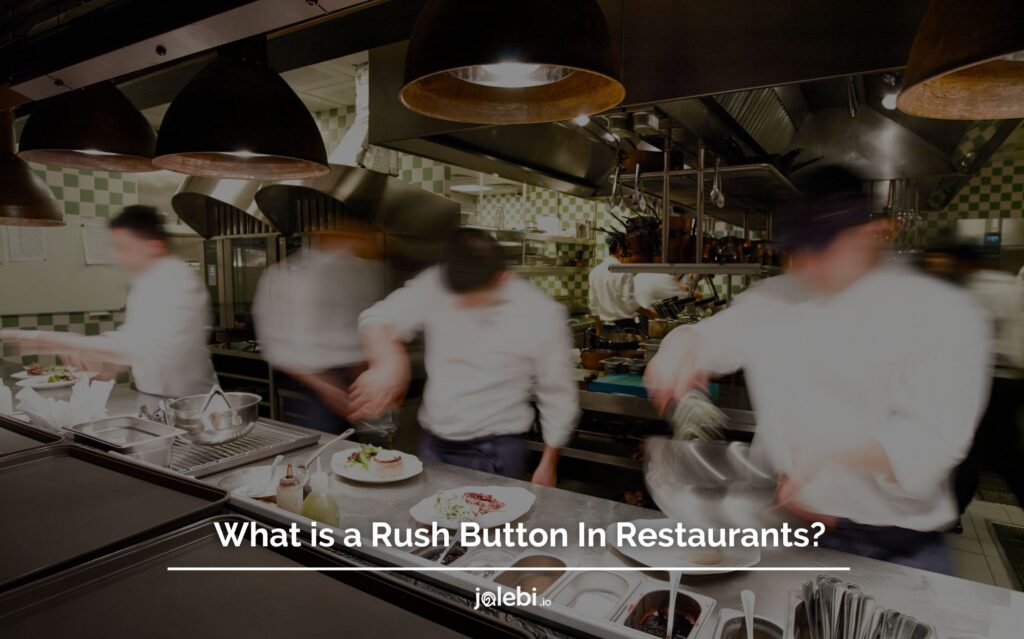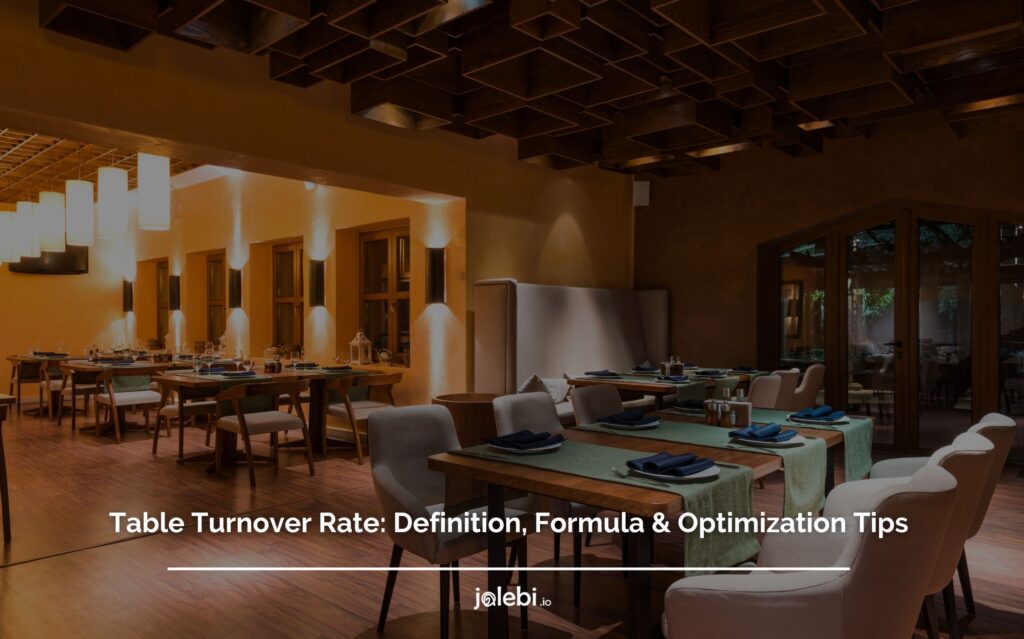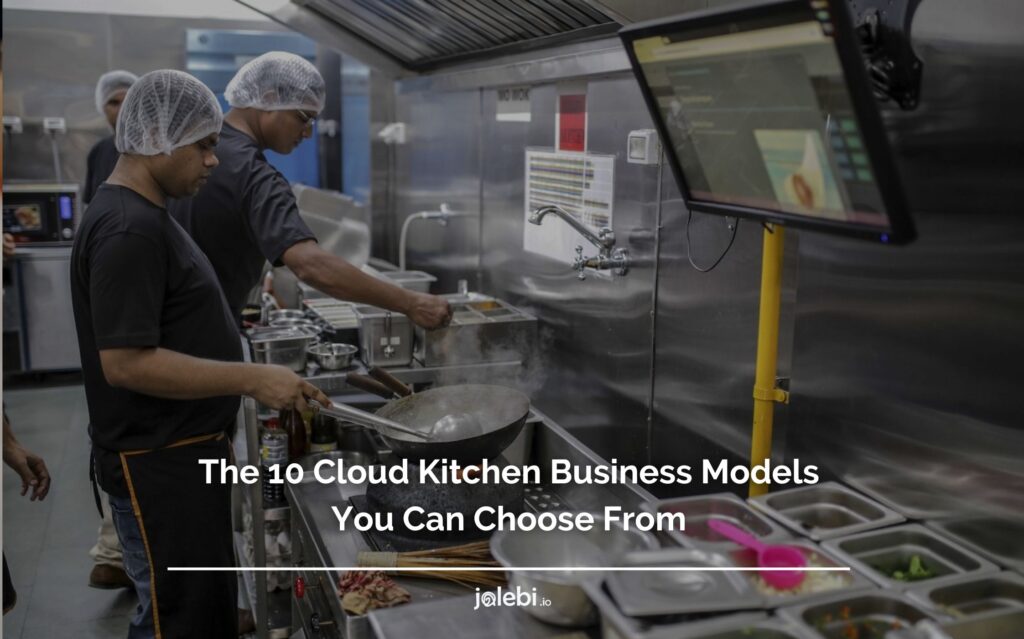Table of Contents
Feeling overwhelmed about starting your own cloud kitchen? You’re not alone!
Many aspiring foodpreneurs struggle with the logistics, technology, and initial costs involved in launching a successful cloud kitchen.
But here’s the good news: with the right steps, you can bypass the traditional restaurant model, cut overheads, and focus solely on delivering great food to your customers.
Ready to learn how to start a cloud kitchen that scales efficiently and profitably? Let’s dive into the essentials to get you from concept to cooking in no time!
Why Start a Cloud Kitchen?
Lower Startup Costs
Unlike traditional restaurants, cloud kitchens don’t require dining space, décor, or waitstaff, reducing overhead significantly. You only need kitchen equipment, ingredients, and delivery arrangements, making it more affordable.
Scalability
Cloud kitchens provide a flexible business model. You can launch multiple virtual brands from the same kitchen, targeting different customer segments and expanding your reach without needing additional locations.
Growing Demand for Food Delivery
With more consumers opting for food delivery due to convenience, the demand for cloud kitchens has risen. This trend, accelerated by platforms like UberEats, DoorDash, and local equivalents, presents a profitable opportunity.
Efficient Use of Technology
Cloud kitchens are often highly tech-driven, leveraging inventory management, order tracking, and data analytics software to streamline operations. This efficiency helps reduce waste, optimize menus, and improve customer satisfaction.
Location Flexibility
Since customers don’t dine in, you can open your cloud kitchen in more affordable areas, further reducing costs while still serving a broader market through delivery.
Faster Time to Market
Without the complexities of setting up a full-service restaurant, you can launch a cloud kitchen quickly. This agility allows you to test concepts, adapt to market trends, and refine your offerings more efficiently.
Steps to Start a Cloud Kitchen
1. Choose Your Cloud Kitchen Concept
Choosing the right cloud kitchen concept is essential to standing out in a competitive market. Your concept will dictate everything from the menu to the branding and marketing strategy.
Start by identifying your target audience and their preferences. Are they looking for healthy options, comfort food, or something gourmet and unique?
Your concept should align with a specific niche, ensuring that it appeals directly to your customers’ needs. Additionally, consider trends in the food delivery space—such as plant-based meals, international cuisines, or diet-specific menus like keto or gluten-free—to help shape your offering.
It’s also important to factor in your operational capabilities when choosing your concept. For example, if you’re focused on a pizza delivery model, you’ll need specific equipment like ovens and ingredients that can be prepared efficiently.
Conversely, if you’re launching a salad or smoothie bowl concept, fresh ingredients and quick assembly processes will be key.
Ultimately, your concept should not only cater to demand but also be operationally feasible and scalable, allowing you to maximize efficiency and minimize costs while delivering a consistent and high-quality product to your customers.
2. Research and Develop a Business Plan
Researching and developing a business plan is crucial when starting a cloud kitchen to ensure long-term success. Begin by conducting thorough market research to understand your competitors, customer preferences, and delivery trends. This will help you identify your niche and define a unique value proposition.
Your business plan should include detailed financial projections, covering startup costs, operating expenses, pricing strategies, and revenue targets. Additionally, outline your marketing and branding strategy, operational plan, and the technology you’ll use for managing orders, inventory, and customer data.
A well-researched business plan acts as a roadmap, guiding your decision-making and helping attract potential investors or partners.
3. Find the Right Location
Choosing the right location for your cloud kitchen is key to cost efficiency and fast deliveries. Opt for areas with lower rent but close proximity to your target delivery zones.
Ensure easy access for drivers and consider factors like traffic and parking. A well-chosen location helps streamline operations and boost customer satisfaction.
4. Register Your Business and Obtain Licenses
Registering your cloud kitchen and obtaining the necessary licenses is a critical step for legal compliance. Ensure your business is registered with local authorities and secure relevant permits, such as health, safety, and food handling certifications. Depending on your location, you may also need zoning permits and tax registration. Proper licensing ensures smooth operations and builds trust with customers and delivery platforms.
5. Build Your Menu
Building your cloud kitchen menu requires a balance between creativity, efficiency, and customer preferences. Start by considering your target audience and the types of dishes that cater to their tastes, whether it’s comfort food, health-conscious options, or trendy cuisine.
Since cloud kitchens rely entirely on delivery, focus on dishes that travel well and maintain their quality during transit.
Keep the menu concise to streamline operations, reducing prep time and minimizing food waste, while ensuring variety to appeal to a broader customer base.
Additionally, consider how ingredients can be cross-utilized in multiple dishes to lower costs without sacrificing menu diversity. Regularly updating your menu based on customer feedback and seasonal ingredients will help keep your offerings fresh and exciting.
Make sure each item on your menu reflects your brand and delivers a consistent, high-quality experience.
6. Set Up Kitchen Equipment and Technology
Setting up the right kitchen equipment and technology is vital for the efficiency and success of your cloud kitchen. Invest in high-quality appliances that suit your menu, such as ovens, fryers, and refrigeration units, while ensuring your kitchen layout maximizes workflow.
Additionally, implement technology solutions like inventory management software, online ordering systems, and delivery tracking tools to streamline operations and enhance customer experience.
7. Partner with Delivery Platforms or Build Your Own Delivery System
Partnering with delivery platforms or building your own delivery system is a crucial decision for your cloud kitchen’s success.
Collaborating with established delivery services like UberEats, DoorDash, or Grubhub can provide immediate access to a large customer base, reducing the need for upfront investment in a delivery fleet. These platforms often handle logistics, allowing you to focus on food quality and preparation.
However, if you choose to build your own delivery system, you can establish direct relationships with customers, which may enhance brand loyalty and reduce commission costs.
8. Optimize Your Marketing Strategy
Optimizing your marketing strategy is essential for the success of your cloud kitchen, as it helps attract and retain customers in a competitive landscape. Start by defining your brand identity and creating a strong online presence through a well-designed website and active social media profiles.
Utilize digital marketing techniques, such as search engine optimization (SEO), social media advertising, and email campaigns, to reach your target audience effectively. Collaborate with food influencers and bloggers to increase visibility and leverage customer reviews to build trust.
Additionally, consider offering promotions or discounts to encourage first-time orders and repeat business. Regularly analyze your marketing efforts to identify what works best and adjust your strategy accordingly, ensuring your cloud kitchen stays relevant and appealing to customers.
Challenges in Running a Cloud Kitchen
| Challenge and Solutions |
|---|
| Intense Competition: Differentiate through unique offerings and branding. |
| Quality Control: Implement strict quality control measures and training. |
| Delivery Issues: Partner with reliable delivery services or build your own. |
| Customer Retention: Create loyalty programs and update the menu regularly. |
| Operational Costs: Use inventory management software to minimize waste. |
| Technology Dependence: Regularly update tech and have backup systems in place. |
| Menu Management: Focus on a limited menu with high-demand items. |
| Regulatory Compliance: Stay informed and train staff on local regulations. |
Final Words
In conclusion, understanding how to start a cloud kitchen involves careful planning and strategic execution. By choosing the right concept, conducting thorough market research, and effectively managing operations, you can position your cloud kitchen for success in the competitive food delivery landscape.
Remember to focus on quality, optimize your menu, and leverage technology to streamline processes.
As the demand for delivery services continues to grow, embarking on this venture can be both rewarding and profitable. With the right approach and dedication, you can create a thriving cloud kitchen that meets the needs of today’s consumers.











